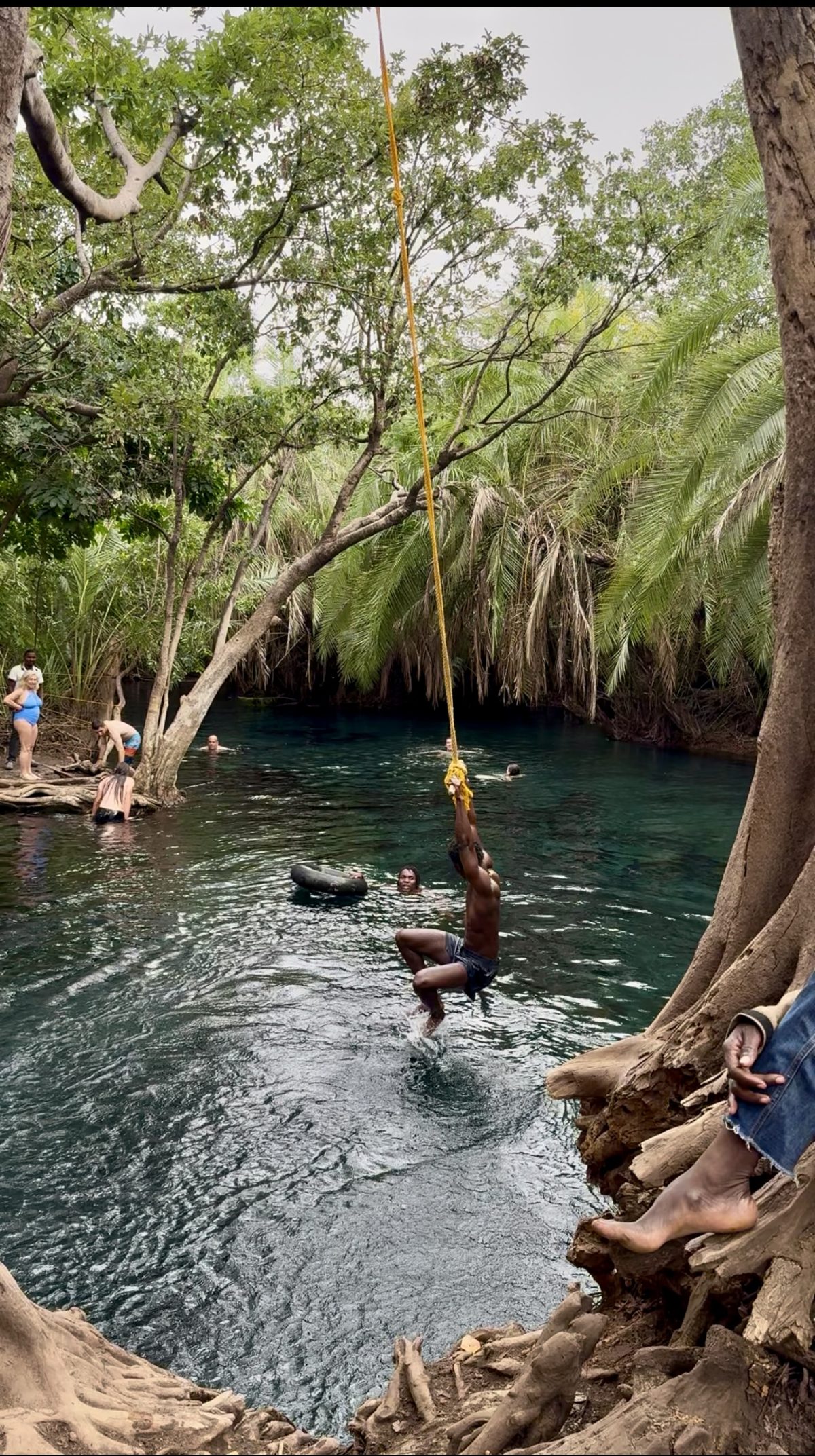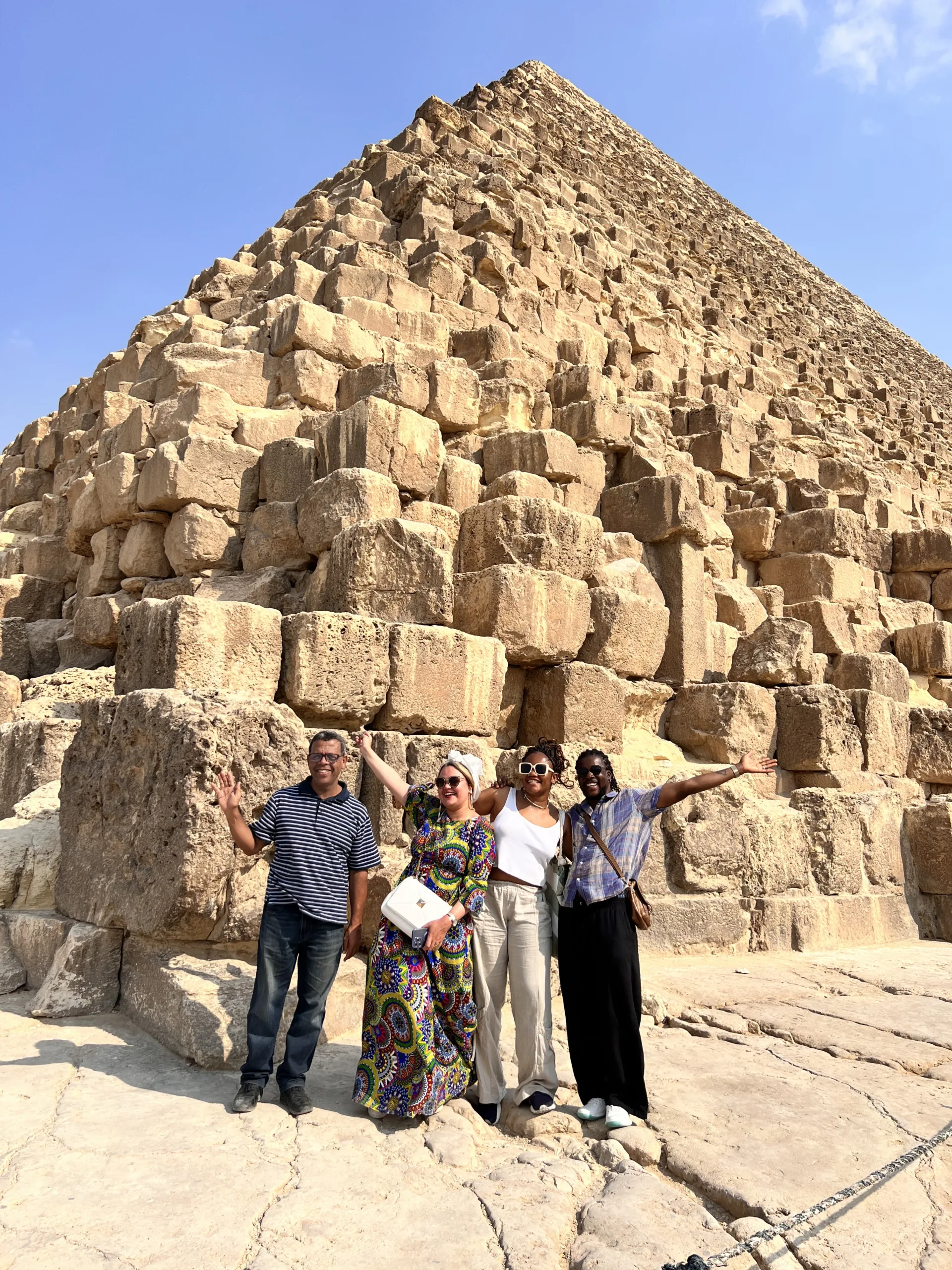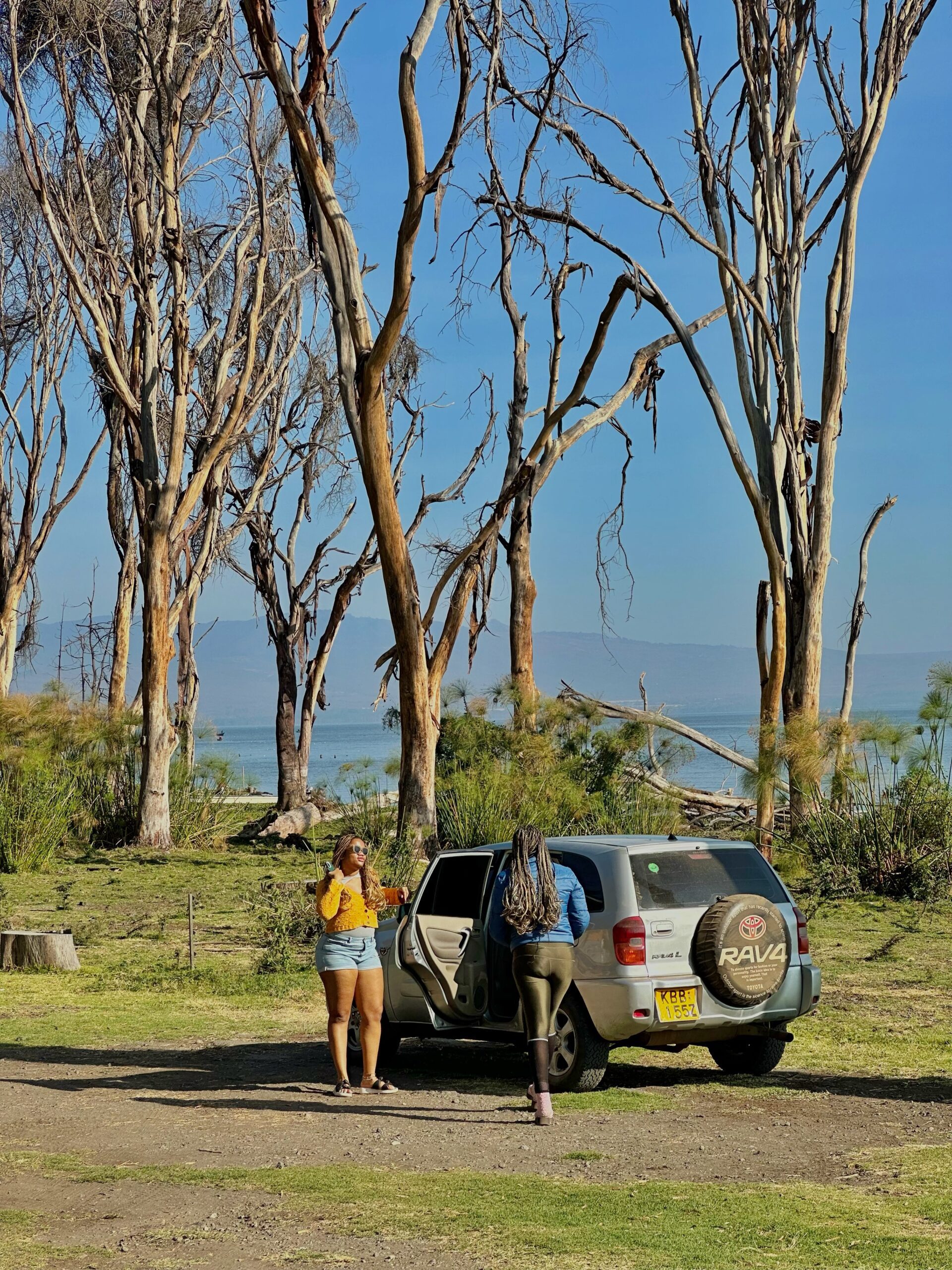Your cart is currently empty!
Tag: Roadtrips
What To Do In Arusha, Tanzania: A Travel Guide
Arusha is the gateway to Tanzania’s northern safari circuit and a destination worth exploring on its own. The city offers stunning landscapes, lively markets, natural hot springs, coffee farms, and cultural experiences that give you a real sense of place. This guide shares everything you need to plan your trip—when to visit, how to get…
Sweating in Cairo, Smiles in Rabat: My Morocco Travel Diaries
It has become a sort of tradition to spend my birthday in a new country. 25 was in East Africa– Tanzania, and 26 was in West Africa, Senegal— and for 27, the choice was North Africa, Morocco. A Kingdom peculiar to the North African heritage– Morocco is diverse, yet intensely conservative with their practice of…
A Beginners Guide To Traveling Africa: Tips for Nigerian Travelers
Either you’re a speed tourist or slow traveling as a nomad, here are some tips to help travelers make the most of their trip and budget in Africa.


